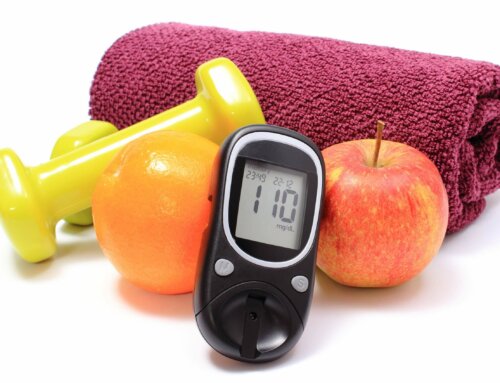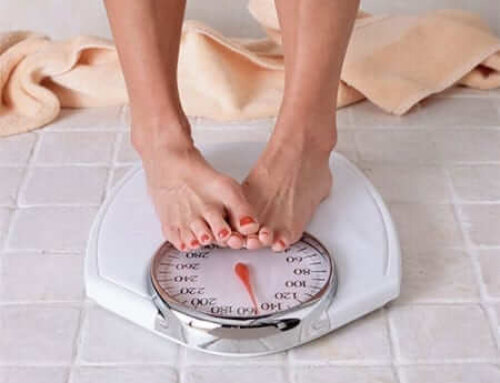Summer is finally here and nothing beats wiggling your toes in the sand or the surf after a long freezing winter. The problem is, if you have diabetes, the risk of kicking off your shoes is not worth it.
According to The California Podiatrist Medical association nearly 55,000 Americans with diabetes suffer from a lower limb amputation each year. Many of them could be prevented. They usually begin as a minor problem that left untreated can develop into serious foot ulcers or eventual gangrene. Nerve damage or neuropathy along with poor circulation can lead to this scenario.
Sunburn on the feet, second or third degree burns on the soles of the feet due to hot sand or hot pavement, glass or broken shells in the sand, insect bites, hot tubs, corn or callus over the counter remedies causing chemical injury, abrasions from rough areas like pool bottoms or anti-slip surfaces can all be detrimental to people with diabetes. Hot summer temperatures cause our feet to swell especially at the end of the day if we have been standing for long periods of time.
Sandals or flip-flops are poor choices for summer foot wear. These open shoes allow you to lose moisture setting you up for rough and dry skin. This causes an increased risk of skin cracking and exposure to bacteria or fungus. Athlete’s foot is the same fungus as nail fungus-thickened yellow nails, and people with diabetes are very prone to both of these conditions especially in summer heat.
How to protect your feet-do not forget the basics
- Wash daily with warm water and mild soap. Put lotion all over the foot except between toes. Lotion between toes increases fungus.
- Check feet daily-look for blisters-do not pop them, they protect the injured area. Look for changes in foot temperature or hot spots. Look for bruises ,rashes, bleeding ,white or red spots, blue toes which could mean a blood clot, ingrown toe nails .If you see drainage-check for an odor which could indicate an infection. Use a magnifying or hand held mirror to examine feet closely. Look at changes in freckles or moles. Trim nails straight across and use an emery board to smooth out the nail. Use a wet pumice stone in the shower to lessen rough spots, corns or callus.
- Schedule a foot exam with a podiatrist. Take your shoes off at your physician appointment every time.
- Control your blood sugars and get your A1C between 6.5-7.0%. Do not allow postprandial readings to go above 180mg/dl.
- Buy shoes at the end of the day. Have your feet measured each time. You can change your shoe size 4-5 times over a life time due to weight gain or loss, pregnancy or decreased circulation. Buy breathable shoes like leather not plastic. Change off shoes to allow them to dry out when feet perspire. You are entitled to a pair of shoes and three inserts by Medicare Part B. Check with your physician.
- Change socks daily. Try to remove wrinkles .Make sure the ankle band is not tight. Look for socks with few seams .Look for a blend which will help wick perspiration away.
- Encourage blood flow-do not smoke .Try exercising daily. Elevate feet for 15 minutes at the end of the day. Wiggle toes and do ankle rolls. Try not to cross legs except at ankle area.
Summer is a wonderful time to enjoy the outdoors, just try it with shoes on!
NOTE: Consult your doctor first to make sure my recommendations fit your special health needs.











Leave A Comment